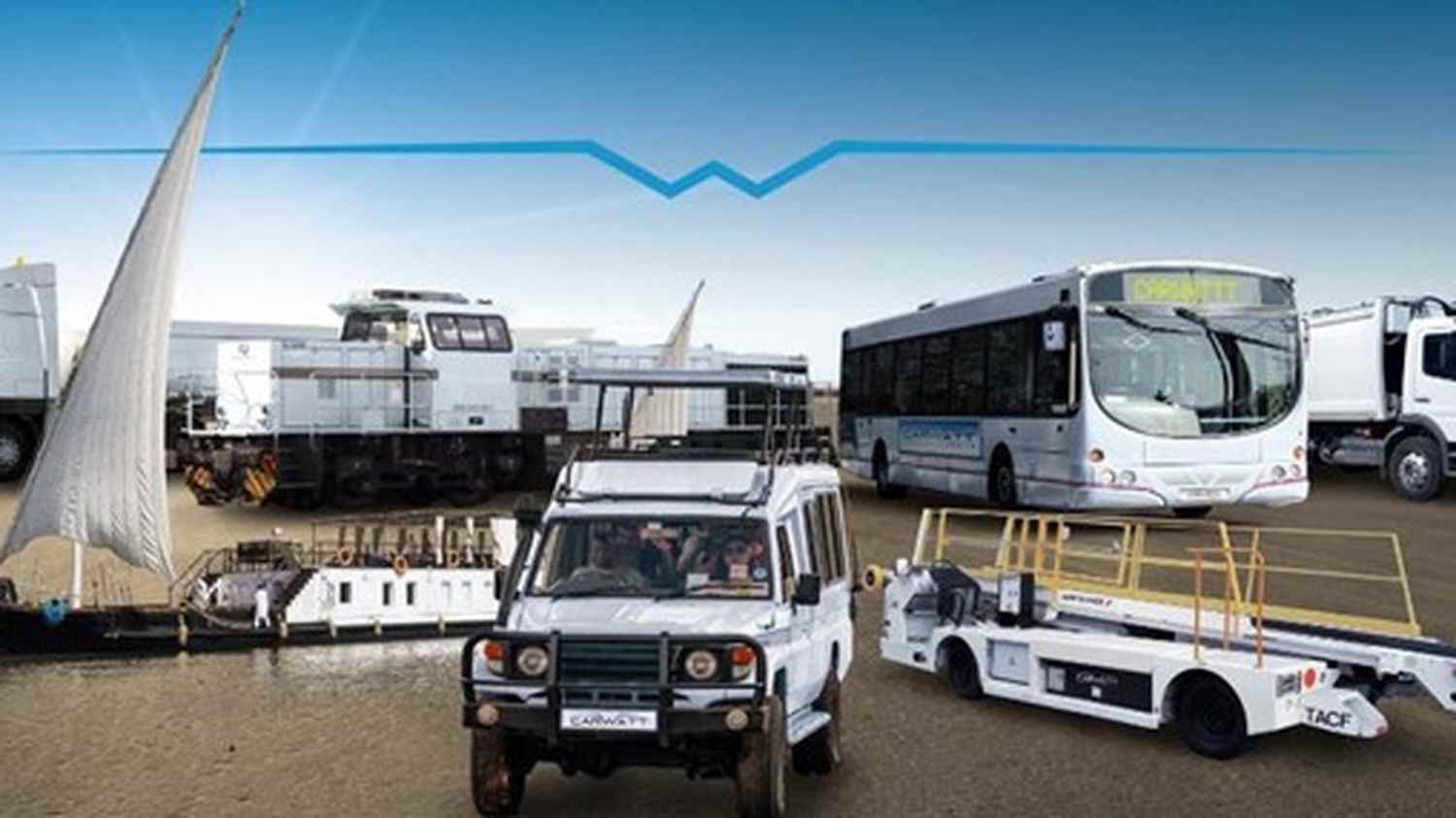If the sale of new petrol, diesel or hybrid vehicles is one day prohibited, the question will arise of the installation of recharging terminals, which are still largely insufficient, and that of the recycling of the billion and a half thermal vehicles worldwide, including 40 million in France.
It is a challenge for the NGO Robin des bois, says its spokesperson Jackie Bonnemain: “Planning the shutdown of internal combustion engines in 2035 is of course a gamble, but for it to be met, among other factors, it would be necessary now to create a much more efficient sector for the demolition and recovery of cars.
Retrofitting, an intermediate solution between a new vehicle and the end of its life, consists of replacing the internal combustion engine of a vehicle with an electric motor. This is a particularly interesting practice for collectors.
As such, the agency “4 wheels under an umbrella” offers sightseeing tours in Méharis and 2CVs retrofitted by the Méhari Club Cassis.
“As part of”4 wheels under an umbrella”, Americans, Japanese and Chinese come to discover the capital in a mythical car for them, underlines Stéphane Guimez, founder of the agency. The 2CV is the symbol of France, just like the beret and the baguette. Transforming it into an electric vehicle not only brings a touch of modernity, but also driving comfort and silence that will allow the guide to comment on the magnificent landscapes in much better conditions.”
The stage of approval by type of vehicle remains a real obstacle course because it is expensive and fussy. The fact remains that electric retrofitting is becoming a recruiting sector, to transform buses and household waste dumpsters as well as airport equipment, cruise ships on the Nile or safaris in Tanzania on retrofitted 4x4s. in electric for Voyageurs du Monde. This is what the Carwatt company does.
In the maritime sector, we see conversions to liquefied natural gas, as CMA-CGM is doing, and hydrogen projects. For low-speed barges, this solution is also relevant, explains Didier Spade, director of the Seine Alliance association.which retrofits barges sailing on the Seine.
“Often, on boats, we put lead or iron ballast, which in itself has no energy input. If you replace the ballast with batteries, not only do you contribute to the stability of the boats by bringing weight to the bottom, but on top of that, you deliver energy. So it’s a win-win.”
All vehicles, whether road, rail, sea, river, and even air, deserve to be retrofitted because they are half the price of the new equivalent. In a logic of circular economy, it’s good for the economy, local jobs, and finally good for the planet.
